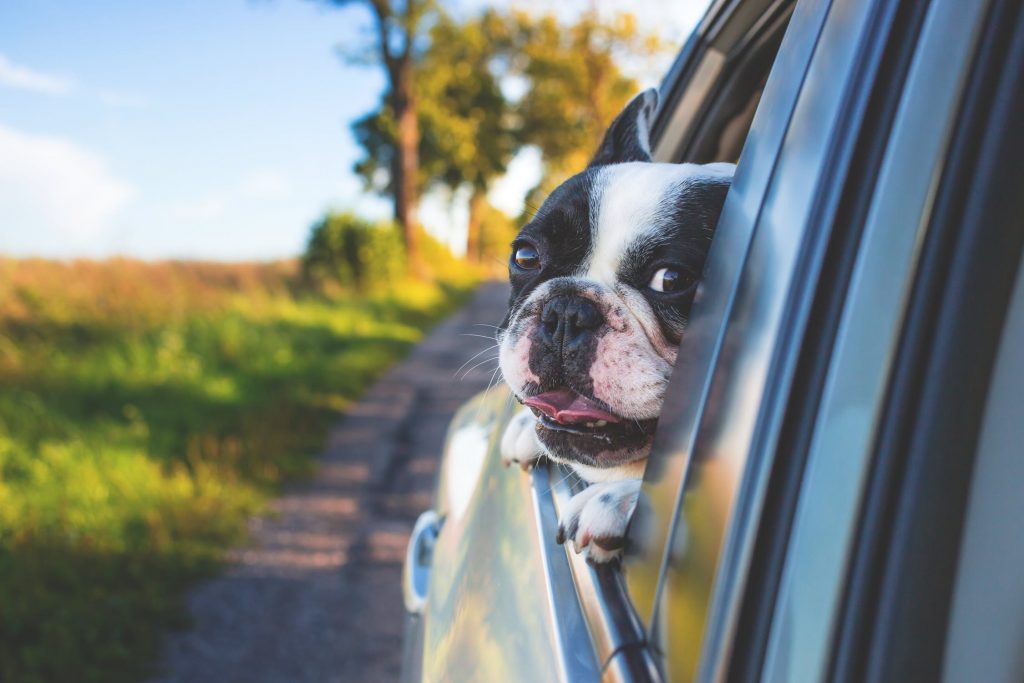How to deal with dog car sickness
 When we think of dogs and cars the image that will spring to many people’s minds is one of a happy dog with its head stuck out the passenger window. However, not all dogs have such a fun time when travelling. You shouldn’t worry though, as travel sickness is relatively common and shouldn’t put you off taking your dog away with you on your journeys. Here are some tips on how to manage this scenario and make it a more comfortable experience for both you and your pet.
When we think of dogs and cars the image that will spring to many people’s minds is one of a happy dog with its head stuck out the passenger window. However, not all dogs have such a fun time when travelling. You shouldn’t worry though, as travel sickness is relatively common and shouldn’t put you off taking your dog away with you on your journeys. Here are some tips on how to manage this scenario and make it a more comfortable experience for both you and your pet.
For starters, one way that you can help your dog to avoid travel sickness is to feed them a small snack around an hour before you set off. A heavy meal swishing around in their stomach is likely to contribute to making them feel ill, but a light meal will be much easier on their digestion. If you have a long journey ahead then make sure you have plenty of breaks for water and a stretch and have some healthy snacks on hand too.
The tell-tale signs of travel sickness
Dogs can’t tell us with words when they are feeling poorly but they can communicate through their body language and behaviour. If your dog seems uneasy, is whining, drooling, panting or yawning more than usual then they might well be suffering from travel sickness.
If your dog is really struggling then they may be sick, or they might make a mess in other ways. Have some towels, wipes and other cleaning products on hand for if this happens and always keep a window open as the fresh air can cool them down and keep them calm.
Keeping your dog calm
As with many things in life, preparation can work wonders. Taking a dog that has never been in a car before on a very long journey is quite often a recipe for disaster, but if you introduce them little by little, first just by sitting in a stationary car and then on short journeys (for example, to the shops) then you can help them to get used to the situation and reduce their anxiety. Also, be aware of triggers such as roundabouts, windy roads, loud lorries, ambulances and motorbikes.
It’s important that you keep your dog comfortable and safe during the journey. Bringing along their favourite toys, cushions or blankets that smell of your home and other similar items may reduce their anxiety.
Legally dogs have to be secured in a car by a seat belt clip, cage, dog guard or similar; this keeps them in one place instead of slipping around and prevents them from running riot around the car potentially endangering themselves, you and other drivers. Critically, it also stops them from being thrown forward should you have to break suddenly.
Other ways to help your dog
If your pet really struggles with travelling then there are other methods that you can seek out to help tackle their fears. There are commercial scents and sprays that can be purchased online which help to relax dogs, and you can also speak to your vet about anti-anxiety medication.